Former Aston Martin execs to resurrect "the thinking man's Ferrari"
Italian exotic supercar brand Bizzarrini is under new management (again).
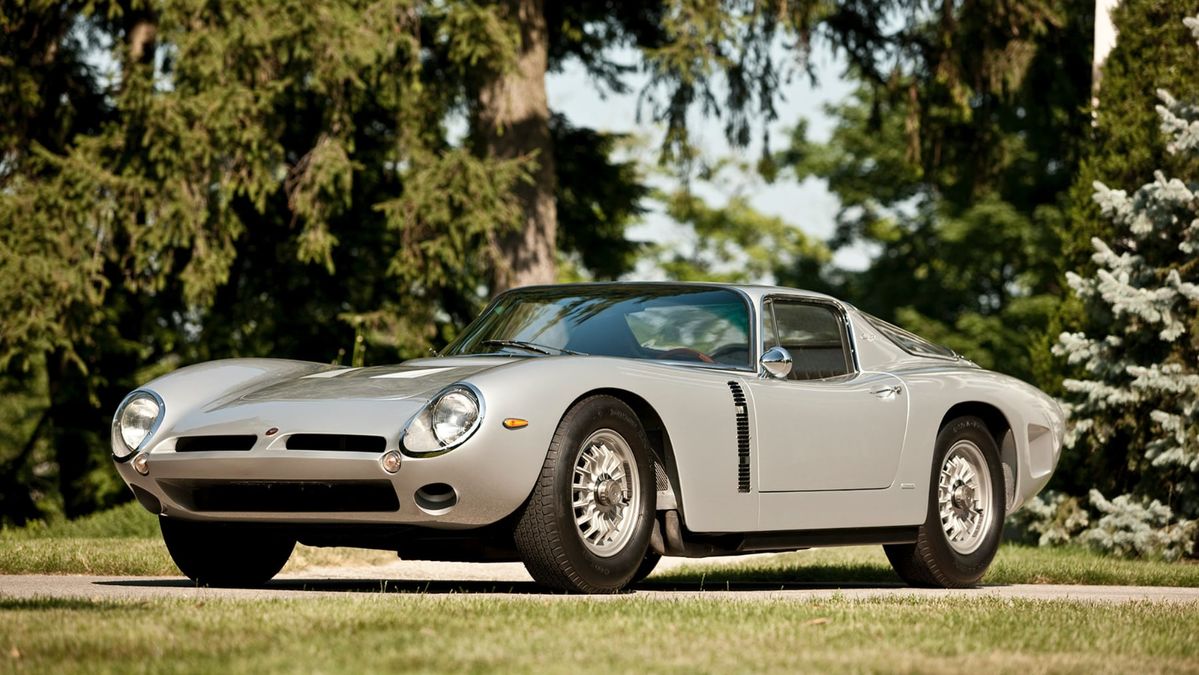
Navigating the world of obscure Italian car brands after they’ve been infused with cash from Middle Eastern or Asian backers is a little like watching a 1960s spy film with the sound off. Or like reading blind items on the gossip website Page Six. It’s beautiful, juicy, and sometimes a little confusing.
Bizzarrini – famous for its ’60s-era Ferrari lookalike race cars - is the latest heritage brand to receive the new-again treatment.
It’s a trend that’s included most notably and recently De Tomaso (famous for the ’70s-wild Pantera, which is backed by Hong Kong investment firm Ideal Team Ventures) and Pininfarina, which just introduced a electric supercar backed by Mahindra Group.
On November 9, London-based Pegasus Brands announced its intention to revive Bizzarrini even though it hasn’t made a car since 1969.
Conceived by the same man who engineered the now multimillion-dollar 1950s racing Ferraris that form the pinnacle of the blue-chip collectable car world, Giotto Bizzarrini’s eponymous brand stands among the greats.
Experts call it the evolution of Ferrari – a 'unicorn' obtained only by those who work for years to afford, locate, and then charm one into their stable. The world’s wealthiest collectors hoard Bizzarrini cars the way Gollum guarded the Precious.
These days, enthusiasts such as Chuck Wray – owner of Grand Touring, a Virginia-based restoration shop that specializes in Bizzarrini and similar ilk – call Bizzarrini “the thinking man’s Ferrari” because they share obvious design cues and styling elements but are even rarer and more difficult to authenticate.
“The Bizzarrini is an evolution to the Ferrari,” Wray explains. “My father had been a mechanic, so I had grown up with Ferrari GTs and had fallen in love with Italian cars. And when I found out about Bizzarrini, it was just … wow! That was the next level.”
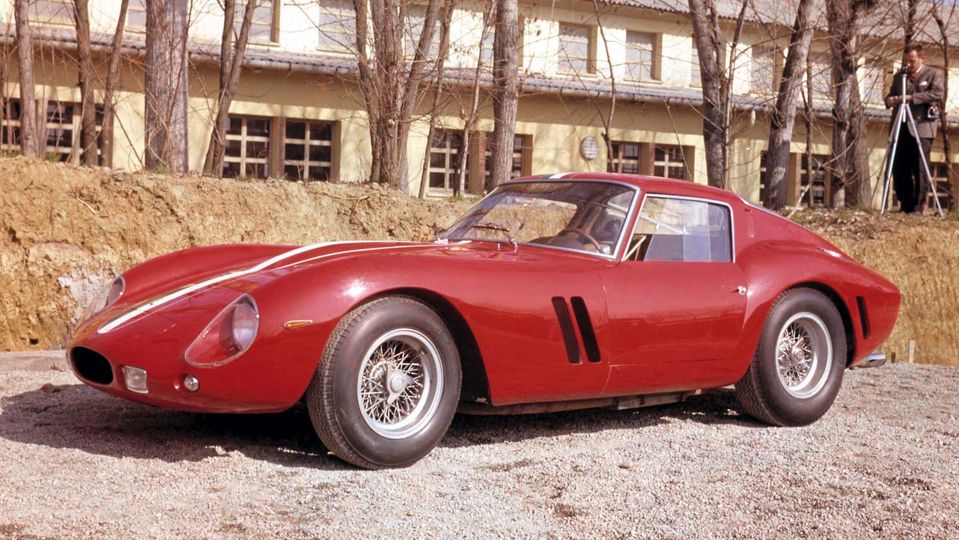
Bizzarrini reborn
Owned by Kuwaiti national Rezam Mohamed Al Roumi, Pegasus is an international dealership that represents Aston Martin Lagonda, Rolls Royce Motor Cars, Koenigsegg, among others, with holdings in Aston Martin Works, the historic home and factory of Aston Martin coachworks since 1830.
Janette Green, the newly installed chief marketing officer at Bizzarrini, said in an email that the corporation had purchased the Bizzarrini marque from Bizzarrini Ltd in August 2019, which included all trademarks, intellectual property, and other assets.
“The continuity of ownership and historical provenance remains,” wrote Green, who is also a spokesperson for Pegasus Auto, an apparent subsidiary of Pegasus Brands. (An interview with Al Roumi was declined; a request for additional comment was also declined.)
It’s feeling like déjà vu all over again for a tiny Italian brand that made fewer than 400 cars in its history – the exact number is still hotly debated – and was mismanaged into a quick bankruptcy. Then again, that’s been par for the course with exotic and classic marques for the past century.
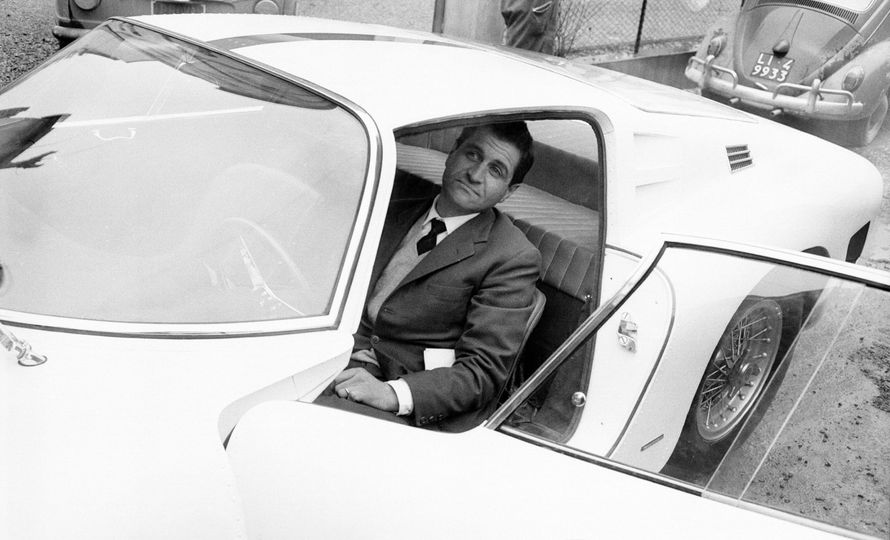
Giotto Bizzarrini’s eponymous brand arose after the designer’s departure from Ferrari in 1960, when he and other key staff members staged a walkout to protest internal politics.
He started consulting for other prominent Italian car brands, including Lamborghini and Iso, whose aluminum-bodied A3/C race cars became the blueprints for the first of his self-branded cars, the Bizzarrini GT 5300 Strada.
The Strada had the low, wide styling of the A3/C with a front-mid-mounted, 365-horsepower Corvette V8 engine and a four-speed manual gearbox. The fact that it had an American-made engine hurt its popularity and investment value until recently.
The Strada had swooping front fenders and side vents that looked like gills. On the racetrack, it was known for blazing speed and elegant handling.
The 1900 GT Europa and P538S would follow before the brand was declared bankrupt in 1969.
Bizzarrini, 94, lives in Italy and builds cars on commission; he’s apparently not associated with the new iteration of his former company.
Smoke and mirrors?
At least three former Aston Martin executives have signed on with the new company.
Ulrich Bez, formerly the chief executive officer of Aston Martin Lagonda Ltd, is listed in company press statements as chairman of Bizzarrini; Christopher Shepherd, formerly the CEO of Aston Martin Middle East North Africa, is listed as CEO; and Green, a former global brand communications director at Aston Martin Lagonda, is listed as chief marketing officer. (A request for an interview with Bez was declined.)
Their presence lends credibility to the endeavor despite Aston Martin itself faltering with poorer sales than competitors during the coronavirus pandemic and significantly dialed-back sales targets for 2025 and beyond, according to Bloomberg Intelligence analyst Michael Dean.
It’s also notable that Paolo Garella, the highly respected Italian engineer who built the Glickenhaus SCG and Aspark Owl with his Manifattura Automobili Torino design firm, was at one time associated with the brand.
A Ferrari forum from 2018 records chatter surrounding an application for both Scuderia Bizzarrini and Bizzarrini Livorno trademarks by Manifattura Automobili Torino – and sources close to Garella have said he’d gone so far as to conceive a modern Bizzarrini concept car as a way to take the temperature, as it were, of UHNW prospective buyers.
But in an email, Garella said that he’s not involved with the announced Pegasus Brands project and that the trademarks request was not accepted.
“We did it for a group of U.S. investors interested in setting up Restoration and Certification activity in the U.S., but unfortunately it did not happen,” he said. His involvement with the brand, however, shows one of the world’s best engineers and designers at one time believed it held promise.
The allure of something new
Even the hint of a new version of these extremely collectible cars is notable to that uber-elite group of buyers who like their modern hypercars in the US$1 million to US$3 million range – those who buy Koenigseggs, Paganis, and Hennesseys.
It wouldn’t take much, all things considered, to sell a modern Bizzarrini in much the same way elite hypercar makers conjure revenue: They produce a handful of cars and find those people in the world who want to buy them.
“If Bizzarrini went in the direction where the brand was redeveloped really, truly around racing of some sort and then the new products were developed out of a spirit of racing and technology, that might be enough of a story to tell, to give the brand some legs,” says Chuck Wray, owner of Grand Touring, a Virginia-based restoration shop that specializes in Bizzarrini and similar ilk.
“There are just so many wealthy people in the world today that this is not that hard of a business model.”
The danger, Wray says, would be in wrapping an existing brand name like Bizzarrini around inferior products rather than making it new again with exciting engineering and technology.
“You really are going to have to do something more special than the other small batch manufactures, if that’s your business model,” he says. “Otherwise, you will just fade off into oblivion because you were just another wannabe.”
This article is published under license from Bloomberg Media: the original article can be viewed here
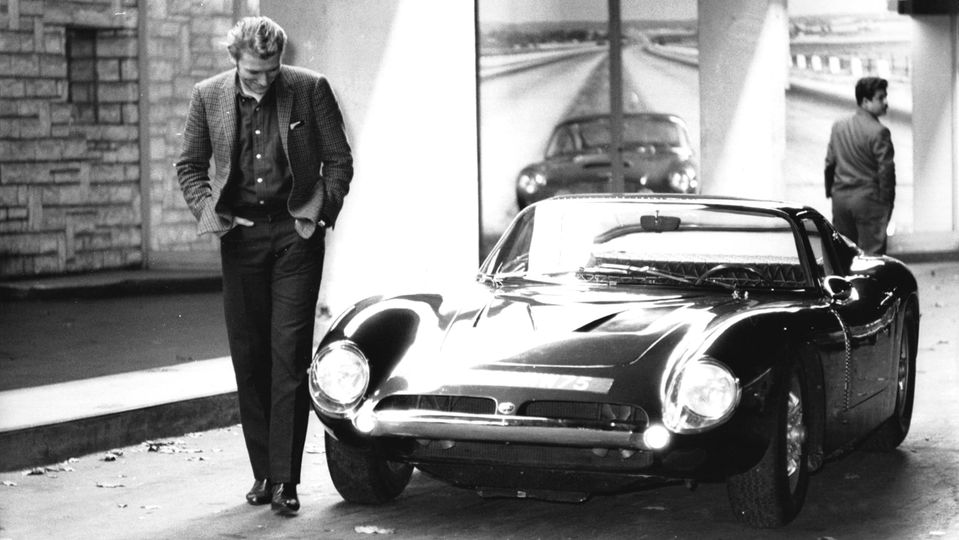
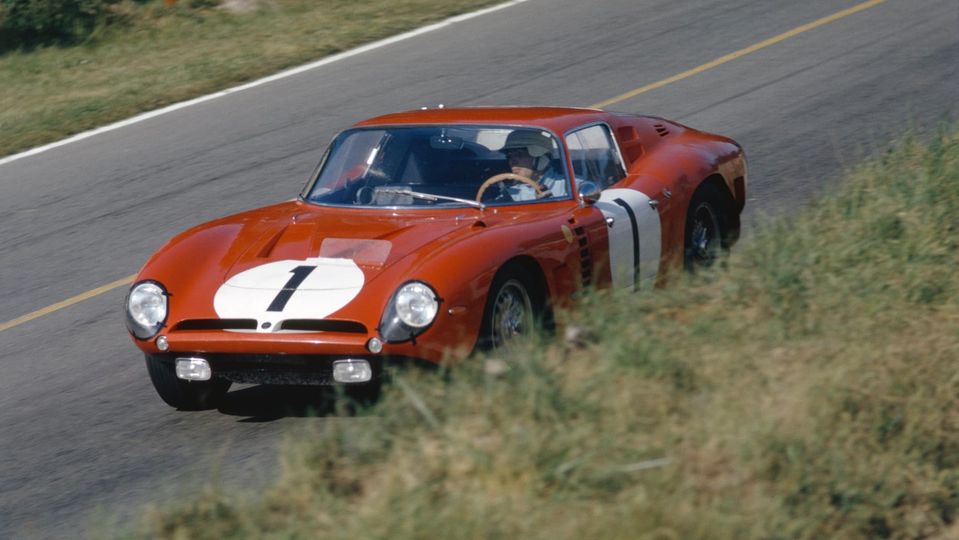
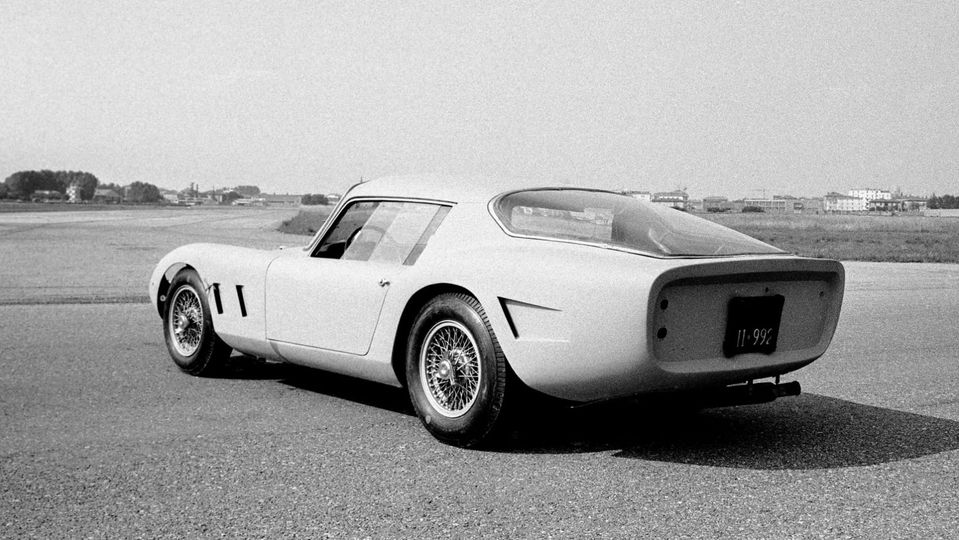

Hi Guest, join in the discussion on Former Aston Martin execs to resurrect "the thinking man's Ferrari"